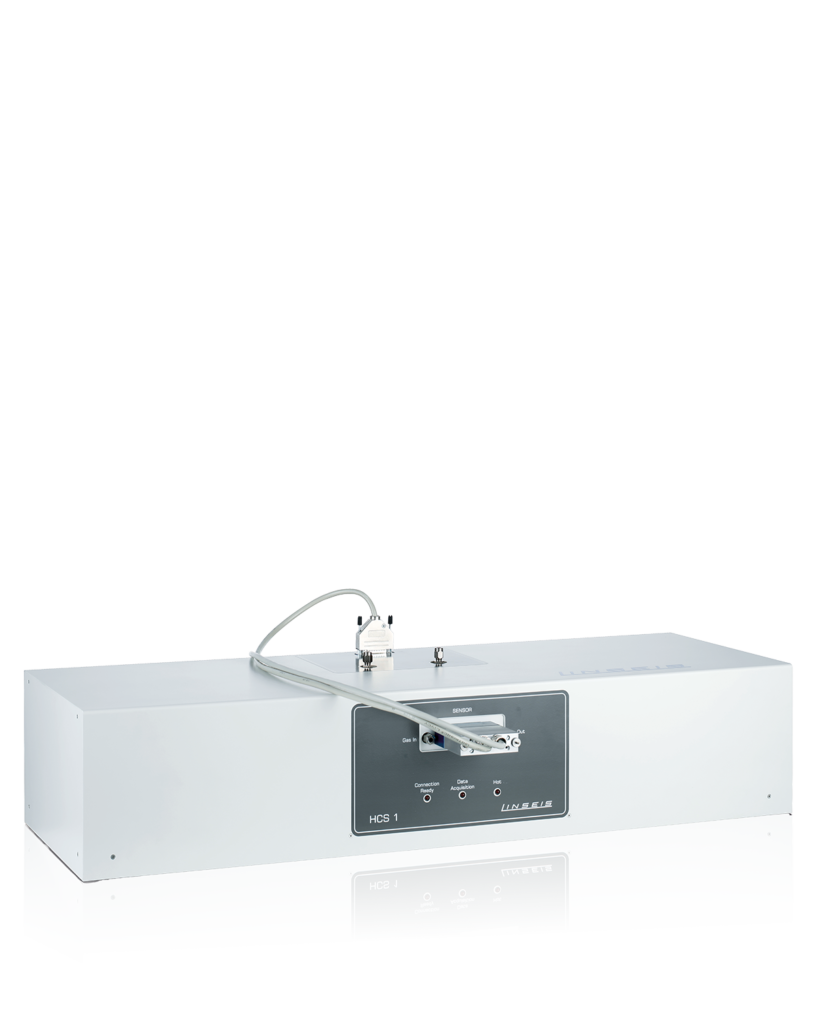Thermoelectric materials and microelectronics are a broad research field in modern industries. Downscaling of computer chips, electronic boards and processors has reached nm ranges meanwhile and the heat management gets more and more important. As heat and magnetic fields have an influence on most materials, the determination of the influence and thermoelectrical behavior is of big interest.

The current plot illustrates the measurement of Hall coefficient, Mobility and Resistivity of an Antimony (Sb) thin film sample of 150 nm thickness, in a temperature range from room temperature to 180°C. It is widely used in the field of thermoelectric materials (in form of alloys, e.g. Bi1−xSbx) and as an emerging application is the field of microelectronics. Nevertheless, the largest applications for metallic antimony are lead antimony plates in lead–acid batteries. The blue curve shows the resistivity which is increasing by temperature and normal for a metal sample. The orange curve is the charge carrier mobility that is of course decreasing as the resistivity is increasing. The green curve is the hall coefficient, which describes the sensitivity of charge carriers to external magnetic influence.

